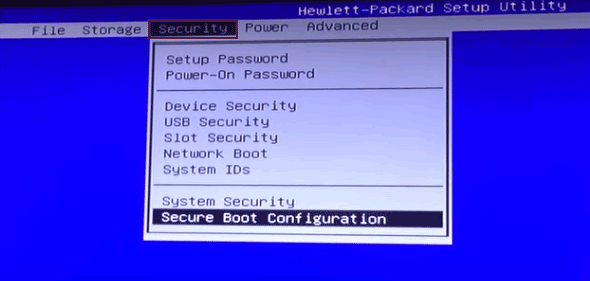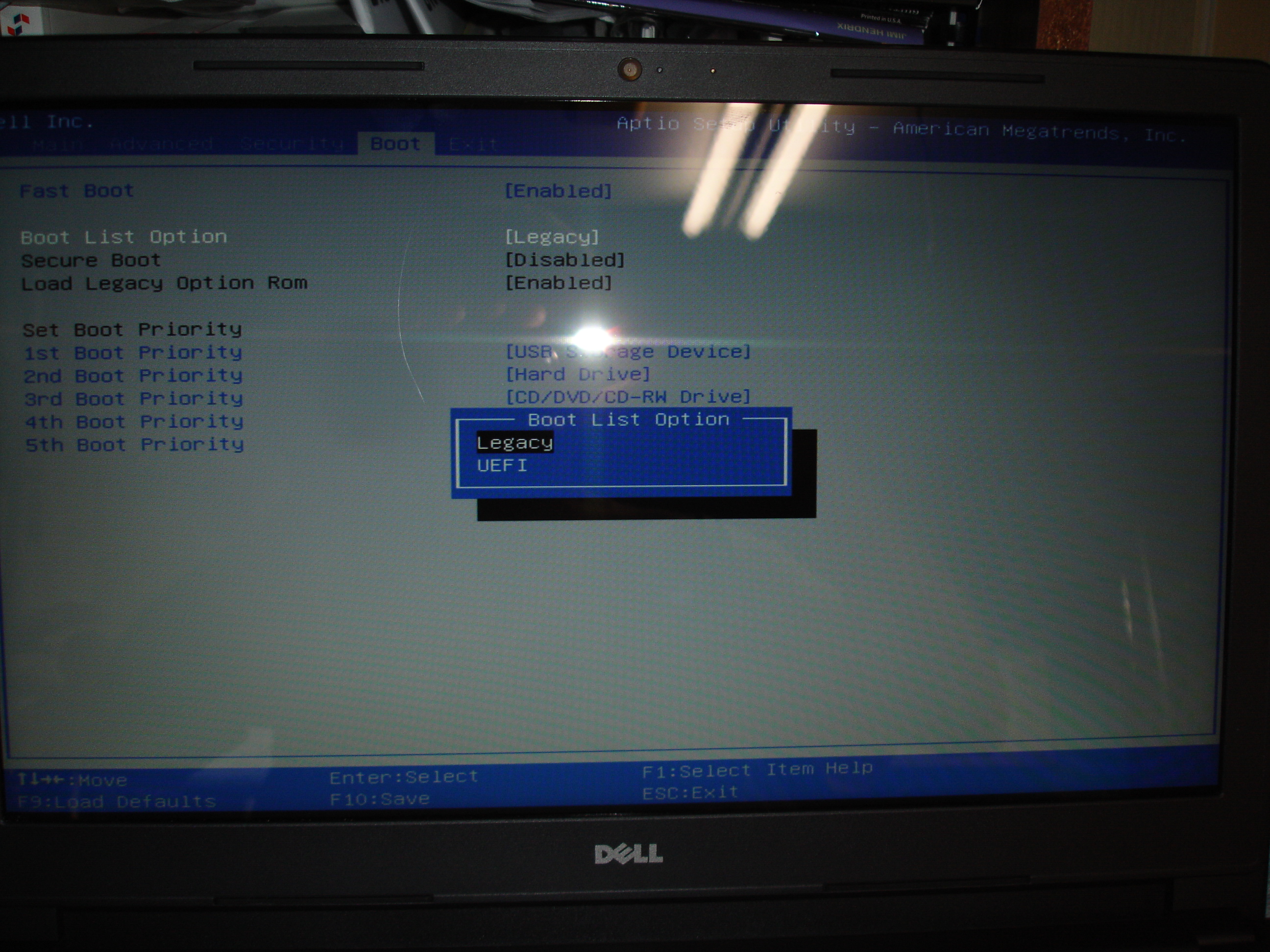
- How to disable secure boot windows 10 dell inspirion install#
- How to disable secure boot windows 10 dell inspirion update#
- How to disable secure boot windows 10 dell inspirion password#
How to disable secure boot windows 10 dell inspirion password#

Again, this approach will be briefly described, with screenshots.
How to disable secure boot windows 10 dell inspirion install#
How to disable secure boot windows 10 dell inspirion update#

our platform key (this will ultimately be stored in the PK signature database).We will then create three new private / public keypairs, to be used respectively as:.We'll begin by saving off the current contents of the PK, KEK, db and dbx variables, as all four will be cleared when we enter setup mode (in step 4).The steps we'll be undertaking are as follows (see below for a brief explanation of the terms used): If this bothers you, you can always remove the Windows keys from the machine completely, and fall back to non-secure-boot for Windows operation.

Of course, by retaining the Microsoft keys, your kernel binary could technically still be compromised in such an attack by someone with access to the Windows private keys (since they could resign it after making changes). The original Microsoft keys will be retained as well, so both Windows and our self-signed Gentoo kernels should be able to boot with secure mode on. Now, however, we're going to 'take control of the platform' and add our own keys, so that we can use self-signed EFI stub kernels (which our buildkernel utility can create). Windows 10 (and 8)-certified hardware ships with secure boot turned on by default (but only the Windows-sanctioned public keys installed in the machine), which is why, to get things started, we had to turn this feature off in the BIOS earlier in the tutorial.

With it activated, your machine will refuse to boot an executable that has been changed since it was signed (in an 'evil maid attack' for example), thereby closing off an important attack vector. While secure boot has received mixed reviews from the Linux community, it is a useful facility. In this section, which has no equivalent in the standard Gentoo handbook, we'll be setting up secure boot on your target machine.


 0 kommentar(er)
0 kommentar(er)
